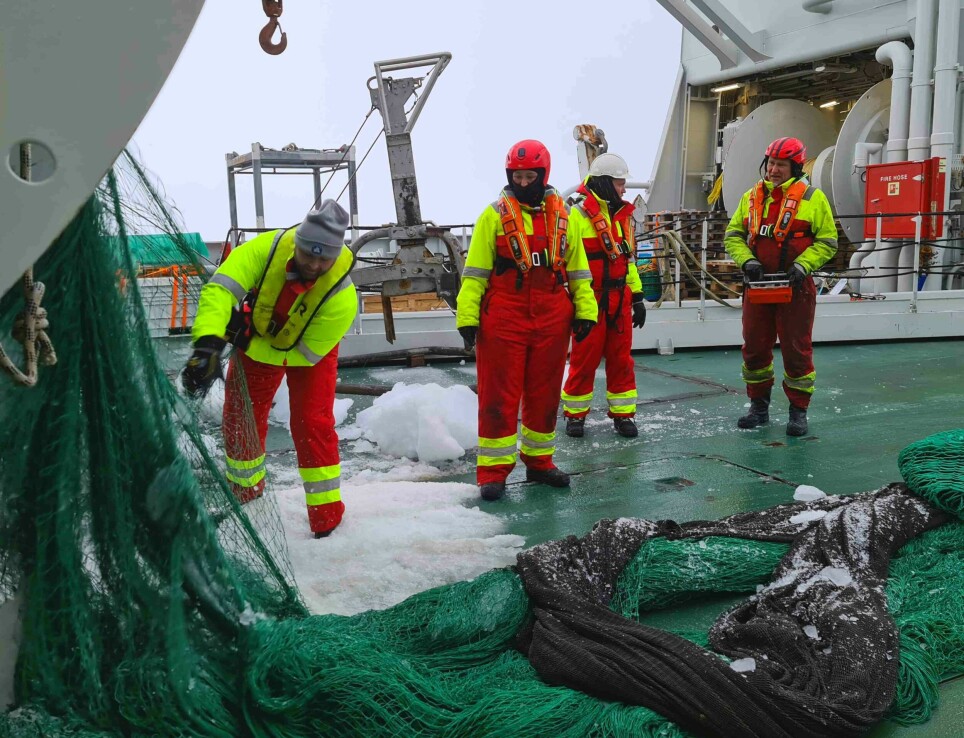
The Central Arctic Ocean: No longer the once forgotten no man’s land
Large trawlers are pulling tons of fish out of the deep Central Arctic Ocean. Our cell phones are powered with rare earth elements from the seafloor underneath the North Pole. The ice-free Arctic allows much shorter delivery time of shipped goods from the Atlantic to the Pacific. Coast guard ships dot the vast Arctic coastline and fleets of submarines survey the chilly waters. Will these scenarios soon be a reality? To some extent some of them already are.
The Central Arctic Basin has long rested in Sleeping Beauty peace, with only the occasional polar explorer or research vessel briefly joining the cold-adapted life forms for which this area is home. As the icy white lid has continually decreased over the past 40+ years the deep basin has been woken up. Less sea ice allows easier access for vessels, from tourist vessels visiting the North Pole to those following commercial interests. Hence, the interest in claiming, clarifying and defending national territories has increased. At the same time concerns about potential threats and risks have arisen - threats to the ecosystem and the climate services this region provides to all of us.
This situation has resulted in a flurry of activities over the past years. Multiple seafloor mapping programs are delineating continental shelves and rises that define territories per the UN Law of the Seas. Shipping yards are building icebreaker and other vessel capacity. For example, as we speak a new French ice breaker cruise ship is at the North Pole. Oil, gas and metal resources are being mapped, and National strategies on the use and management of the Arctic region are being developed and territorial borders debated. Arctic nations jointly and individually discuss the potential for expanding fisheries further and further north.
In what may be a race against time international actors are no less busy compiling and generating knowledge pre-(possible) exploitation. An agreement on banning commercial fishing in the high seas of the Central Arctic Ocean for the time being was recently signed. (Note: We have caught exactly one polar cod so far; the lone seal in our last lead probably found a handful more.) The Working Group for Integrated Ecosystem Assessment of the Central Arctic Ocean prepares status-of-knowledge reports to inform management agencies and governments. Arctic Council groups and NGOs publish assessments on the status and increase of shipping activities and noise, and risks of (potential) future industrial activities for pollution of the ecosystem. The few available long-term observatories track ocean warming, ice melt, and more direct human footprints. For example, the HAUSGARTEN observatory in deep Fram Strait, the doorstep to the deep central Arctic basins, finds that litter has been increasing even at great depths in this remote area.
Even the ignorant or oblivious (should) now recognize how strongly connected the Arctic is to our lower latitudes. This connectivity applies to ocean currents and ecosystem as much as it applies to politics, policies and commerce. No longer is the Central Arctic Ocean the quiet and forgotten place it seems to be as we investigate it onboard the Norwegian icebreaker Kronprins Haakon this very moment.







